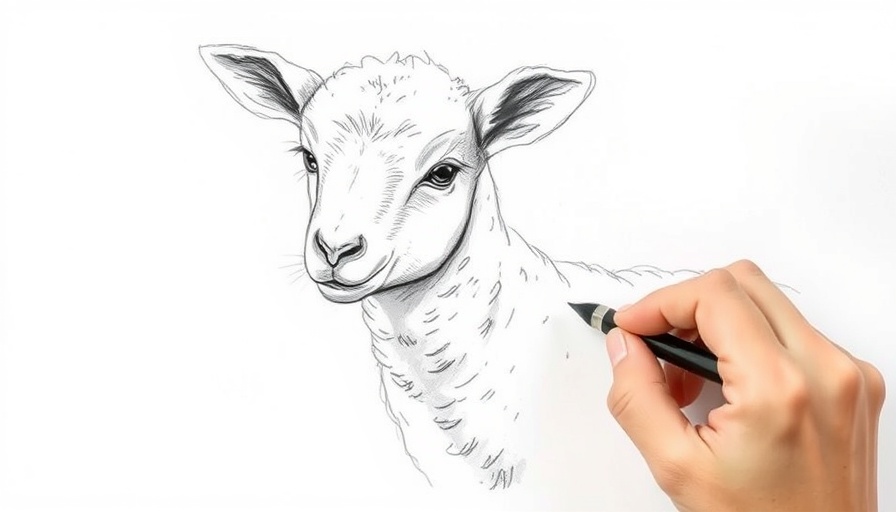
Understanding the Concept of Heaven in Our Lives
In the exploration of faith, the concepts of Heaven and Earth frequently cause us to ponder the essence of God’s presence in our lives. Both realms are often depicted in the Bible, with Earth representing our physical existence, complete with its trees, rivers, and mountains, while Heaven embodies a divine space that feels less tangible. As we sift through these rich biblical texts, we are often left wondering: how can we connect these diverse forms of existence in a meaningful and practical way?
In 'Can Heaven Happen Here?', the discussion dives into the overlap of Heaven and Earth, exploring key insights that sparked deeper analysis on our end.
The Overlap of Heaven and Earth
One interesting idea that emerges from biblical scripture is the notion that Heaven and Earth aren’t entirely separate. Picture them as different dimensions that can, at times, overlap within the same space. This concept suggests that our daily lives can reflect glimpses of Heaven. For instance, moments of loving connection, acts of kindness, or feelings of peace can serve as reminders that Heaven might not just be a distant promise but can also manifest here on Earth.
Union of Heaven and Earth: A Biblical Narrative
The overarching narrative of the Bible shows that Heaven and Earth were once fully united, now driven apart, yet God is actively working to bring these realms back together. This theme of restoration offers profound insights into our spiritual journey. Understanding this union might encourage us to rethink how we view our faith, recognizing that Heaven is not merely a place awaiting us after death, but a reality we can experience here and now through love and community.
How Faith Influences Our Daily Lives
The implications of the teachings surrounding Heaven and Earth are significant. For members of the Seventh-day Adventist faith and indeed all believers, these teachings can inspire a deep commitment to embrace and reflect the qualities we associate with Heaven in our everyday lives. From practicing sustainability and compassion to fostering healthy relationships, we can weave the divine into our routines. By participating in community service or simply showing kindness, we create slices of Heaven in our present lives.
Creating Heaven in Our Environments
Cultivating a healthy lifestyle connects directly with the idea of bringing bits of Heaven into our earthly experience. This means not only nurturing our bodies through nutritious food and exercise but also nurturing our minds and spirits. Activities that promote mental health, such as meditation, spending time in nature, and enjoying community with fellow believers, can lift our spirits, making heaven tangible.
Future Perspectives: Manifesting Heaven on Earth
As we look to the future, envisioning a world where Heaven and Earth coexist harmoniously becomes a motivating force. By striving for sustainable living practices, embracing inclusivity, and cultivating spaces that foster peace and love, we contribute to a reality where divine principles are reflected in daily life. It becomes vital for us as a community to take proactive steps toward shaping our environments into reflections of our values.
Conclusion: Embracing the Journey
In reflection, exploring the overlap between Heaven and Earth invites us to embrace our faith fully. Rather than viewing Heaven solely as an abstract concept or a promise for the afterlife, let's recognize it as an active force we can integrate into our lives today. This approach calls for actions and choices that mirror heavenly principles, ensuring we facilitate love, connection, and wellness in our communities.
Let’s engage with this narrative, allowing it to inspire us to create healthier lifestyles and environments that reflect the light and love of Heaven. Together, we can foster a world that not only seeks divine realities but experiences them in our day-to-day existence.
 Add Row
Add Row  Add
Add 




Write A Comment